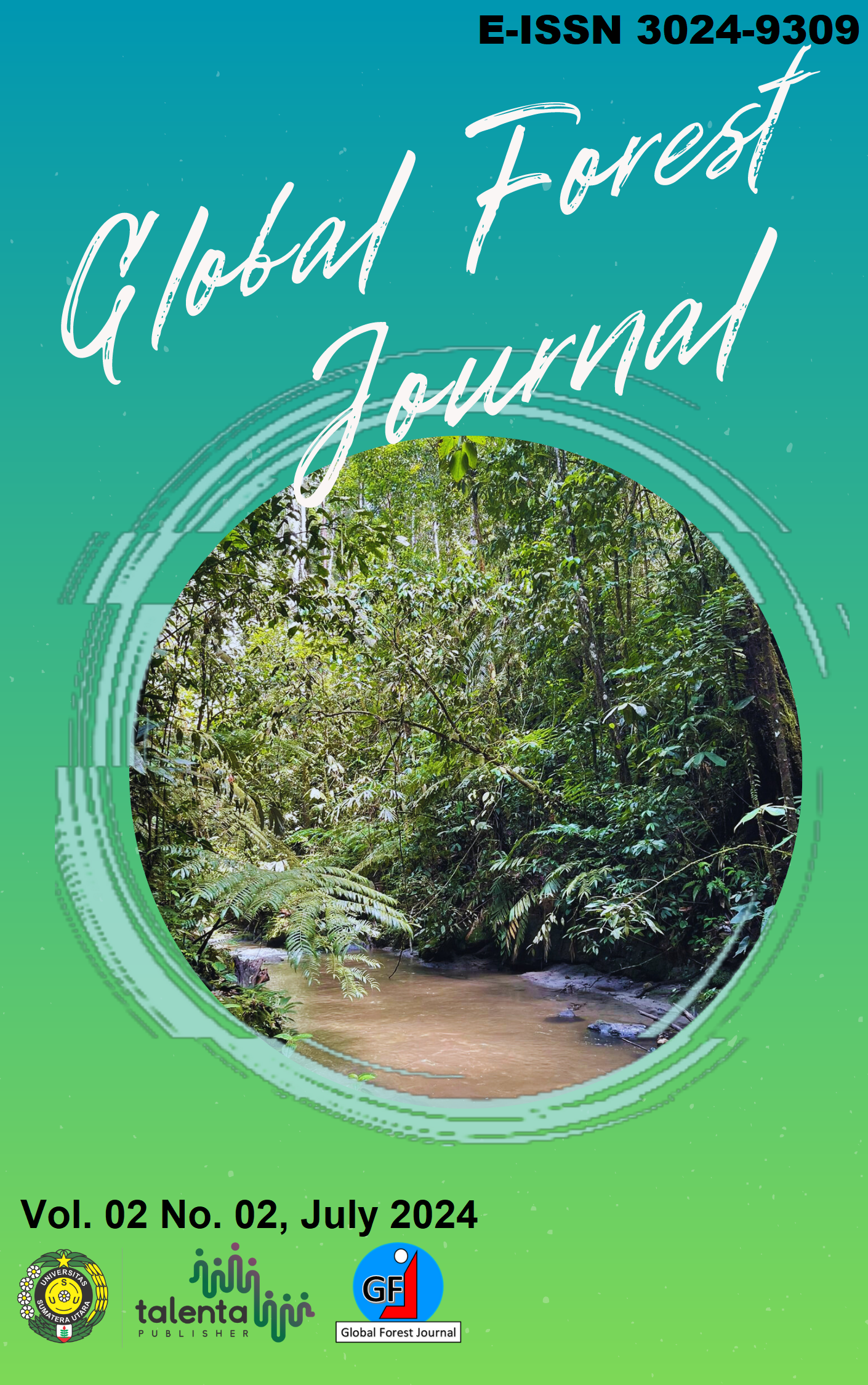Analysis of wildlife threat findings based on the SMART patrol application at Pemerihan Resort, Bukit Barisan Selatan National Park
DOI:
https://doi.org/10.32734/gfj.v2i02.15657Keywords:
SMART Patrol, Threats, TNBBS, WildlifeAbstract
Monitoring, managing, and maintaining conservation areas are challenges faced by various parties. The Spatial Monitoring and Reporting Tool (SMART) is an application used to measure, collect, evaluate, and improve the effectiveness of location-based monitoring and conservation activities and has been implemented at the Pemerihan Resort, Bukit Barisan Selatan National Park (TNBBS). Based on the SMART application, the research aims to analyze the findings of threats and wildlife on active patrol routes. The methods used are documentary studies and field observations. The data obtained from the documentary study is in the form of data from forest patrols for two years (2020-2022), then processed, classified, and analyzed into data on threat findings and wild animal encounter data directly or through signs of presence, which is then verified through field observations. The research results show that the data found from the SMART application during four patrol periods from 2020-2022 consisted of 143 threat findings and 841 wild animal encounters. The highest threat finding was animal hunting, with 56 findings (39%), and the lowest was logging, with three findings (2%). Twenty-three wild animal encounters were found directly or through signs of presence such as tracks, feces, scratches, and food remain. The highest wildlife encounter was the sambar deer (Rusa unicolor). The high threat findings indicate much human activity in the Pemerihan Resort Area, TNBBS, which can disturb wildlife and its habitats.
Downloads
Downloads
Published
Issue
Section
License
Copyright (c) 2024 Global Forest Journal

This work is licensed under a Creative Commons Attribution-ShareAlike 4.0 International License.












